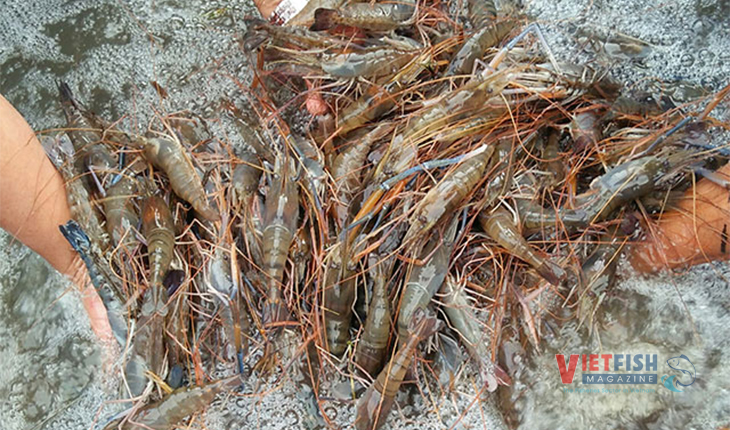Addressing the imbalance in coldwater fish supply and demand
The potential of coldwater resources in Vietnam’s northern mountainous areas has not been fully tapped, leading to suboptimal productivity and an inability to meet growing market demand.
The development of coldwater fish farming, including salmon and sturgeon, in Vietnam’s northern mountainous areas not only optimizes water resources unsuitable for traditional freshwater aquaculture but also creates jobs, enhances infrastructure, boosts incomes, and improves living standards. These efforts also contribute to national security in remote and border areas.
Challenges in coldwater aquaculture
Coldwater fish species, particularly sturgeon and its prized caviar, are high-value products favored globally. Over recent years, Vietnam has become one of the world’s top 10 sturgeon producers, alongside countries such as China, Russia, and Italy. Coldwater fish farming has expanded to 21 provinces, predominantly in the northern mountains and Central Highlands, with Lam Dong and Lao Cai emerging as major production hubs.

Despite this progress, the sector faces significant challenges. Frequent natural disasters, such as flash floods and droughts, disrupt farming operations. For example, in Lao Cai, Typhoon No. 3 recently devastated 120 fish farms in Sa Pa, causing losses of nearly 500,000 fish and over 100 tons of marketable fish, with damages exceeding VND 60 billion.
Facilities often rely on existing resources without comprehensive planning, leading to inefficiencies. Farms downstream often use water discharged from upstream facilities, resulting in pollution, disease risks, and challenges in disease control. Additionally, disputes over water resources during the dry season remain unresolved.
Coldwater fish farming also suffers from weak production linkages, limited cooperative models, and a lack of value-chain integration. Farmers in provinces like Lai Chau and Yen Bai face difficulties sourcing stable, high-quality fry and feed, as they depend on imports with fluctuating supply and prices.
Narrowing supply – demand
As a relatively new and high-value product, demand for coldwater fish, particularly salmon and sturgeon, has risen significantly, especially in urban centers and tourist destinations like Hanoi, Lao Cai, Da Nang, and Ho Chi Minh City. However, supply has struggled to meet this growing demand.
At a recent forum on sustainable coldwater fish farming in Lao Cai, experts called for comprehensive solutions involving management, science, investment policies, and market development. Pham Thi Mai, Director of Thuc Mai Cooperative in Sa Pa, emphasized the need for advanced technologies to enhance productivity and reduce costs. She suggested implementing environmentally friendly farming practices, such as recirculating water systems, and diversifying processed products to cater to premium markets and supermarkets.
Representatives from the Research Institute for Aquaculture III highlighted the need to increase domestic fry production and develop hybrid sturgeon strains adapted to Vietnam’s varied ecological conditions. This would reduce reliance on imports and ensure sustainable development.
According to Dang Xuan Truong from the National Agricultural Extension Center, future efforts will include training programs on disease prevention and quarantine procedures for coldwater fish. Additionally, the center will support high-tech, eco-friendly farming projects and market research to align production with consumer preferences.
Hoang Van Hong, Deputy Director of the National Agricultural Extension Center, stressed the importance of coordinated, well-planned development to prevent resource conflicts and ensure efficient and sustainable coldwater fish farming. He urged the adoption of value-chain linkages and strict adherence to technical standards to meet market demands effectively.
VFM






